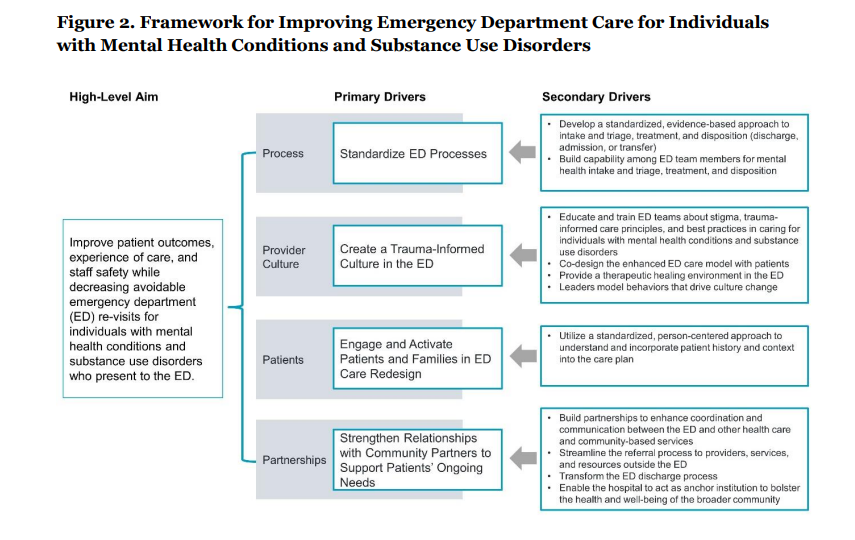
 What does Culture Change look like for you? For your organization?
What does Culture Change look like for you? For your organization?
“I have spent a great deal of my work time the last two months researching and reading articles and studies related to behavioral health in the emergency department. Truth be told, I struggled to find new data or findings. It occurred to me this isn’t due a lack of research of studies being done, but the answers are the same as they have always been,” shared Heather Wilson, LCSW; Quality Improvement Advisor with Great Plains Quality Innovation Network.
Wilson continued, “Mental health and substance use conditions – behavioral health – are CHRONIC, long-standing, medical disorders and just like other chronic conditions, require long-term treatment. The caveat here, however, is there is no ‘one size-fits all’ treatment. However, there are standards of practice that can improve outcomes, reduce costs and most importantly, bring humanity to a population that is often treated inequitably.”
The Institute for Healthcare Improvement (IHI) has published a white paper, Improving Behavioral Health Care in the Emergency Department and Upstream that helps develop a framework and plan to improve care for those individuals struggling with behavioral health symptoms.
I encourage you to review this paper. After reading, consider: What would be some first steps be for you personally to work toward these goals? For your organization?
To accelerate improvement and foster system-level change, Emergency Department teams and their community partners need to test changes in all four framework components (Figure 2 below: primary drivers):
- Process: Standardize ED Processes
- Provider Culture: Create a Trauma-Informed Culture in the ED
- Patients: Engage and Activate Patients and Families in ED Care Redesign
- Partnerships: Strengthen Relationships with Community Partners to Support Patient’s Ongoing Needs

